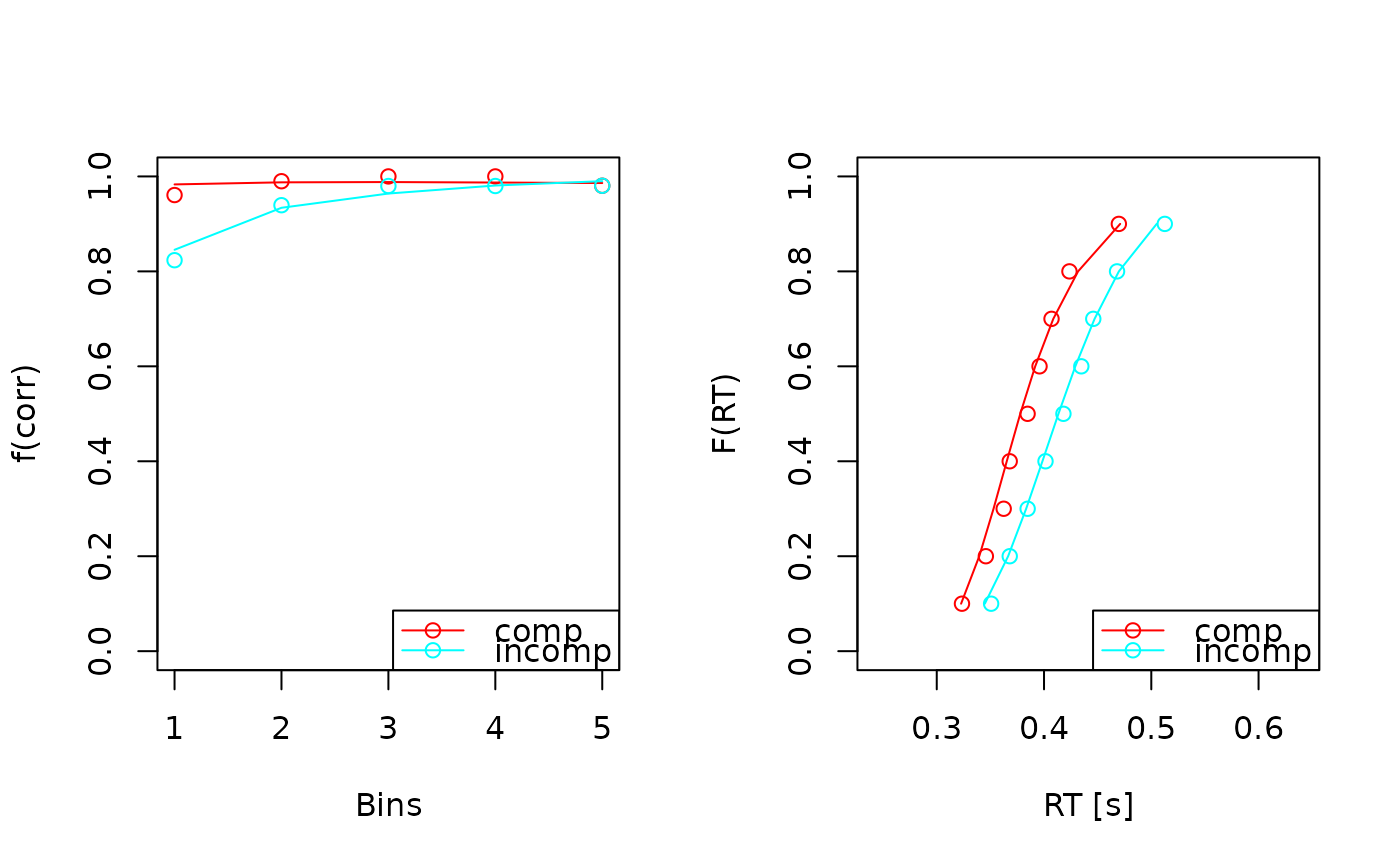This function iterates over a list of statistics data, resulting from a call
to calc_stats(), and subsequently plots each statistic. It allows
for flexible arrangement of multiple plots on a single graphics device.
Usage
# S3 method for class 'list_stats_dm'
plot(x, ..., mfrow = NULL)Arguments
- x
an object of type
list_stats_dm, which is essentially a list multiple statistics, resulting from a call tocalc_stats().- ...
additional arguments passed to the plot function for each individual
stats_dmobject inx.- mfrow
an optional numeric vector of length 2, specifying the number of rows and columns for arranging multiple panels in a single plot (e.g.,
c(1, 3)). Plots are provided sequentially ifNULL(default), using the current graphics layout of a user.
Details
The plot.list_stats_dm() function is "merely" a wrapper. All plotting
is done by the respective plot() methods. When users want more control
over each plot, it is best to call the plot() function separately for
each statistic in the list (e.g., plot(x$cafs); plot(x$quantiles))
Examples
# get a list of statistics for demonstration purpose
all_fits <- get_example_fits_ids()
stats <- calc_stats(all_fits, type = c("cafs", "quantiles"))
# then call the plot function.
plot(stats, mfrow = c(1, 2))
#> Aggregating across ID
#> Aggregating across ID

